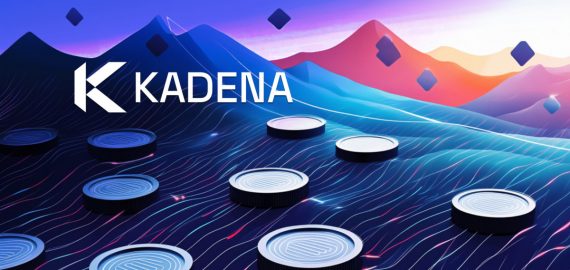AI Learns the Language of Smell: Neural Networks Decipher Odor from Molecular Structure


In Brief
Google scientists have developed a AI model using graph neural networks to predict the smell of substances based on their molecular structure.
The model, which represents molecules as graphs, outperformed traditional chemical descriptor-based approaches and outperformed an average human in describing the smells of unfamiliar substances.
The model can be applied to various olfaction-related tasks, such as gauging the similarity of odors between different substances.
Google scientists have explored how AI can be taught to predict the smell of a substance based on its molecular structure. This fundamental problem in the field of digital olfaction has remained unresolved for a long time.

To develop this AI model, researchers harnessed the power of graph neural networks, a specialized form of AI tailored for graph data. The beauty of this approach lies in its ability to represent molecules as graphs, with atoms as vertices and bonds as edges. This unique representation facilitates an effective analysis of molecular features.
The model was meticulously trained using a dataset comprising 5,000 molecules, each paired with corresponding odor descriptors such as “floral” or “fruity.” Following rigorous training, it was put to the test against 400 previously unseen molecules.
This AI outperforms previously published models to the point that replacing a trained human’s responses with the model output would improve overall panel description.
The neural network exhibited the ability to describe the smells of unfamiliar substances on par with an average human. What’s more, it outperformed traditional chemical descriptor-based approaches.
This AI-generated “smell map” goes beyond scent description. It can be seamlessly applied to various olfaction-related tasks, such as gauging the similarity of odors between different substances. Consequently, researchers have paved the way for a versatile tool that can unlock the secrets of the olfactory world.
In the future, models like this could upgrade the discovery of new aromas and fragrances. By automatically predicting the smell of yet-to-be-synthesized molecules, these AI systems eliminate the need for costly experimental testing, significantly expediting the innovation of scents and flavors.
Unlike other senses like vision and hearing, olfaction lacks a well-established map that links physical properties to perceptual properties. This POM accurately represents perceptual hierarchies and distances and even outperforms human panelists in odor description. It predicts odor intensity and perceptual similarity, offering a deeper understanding of the world of smell.
Read more about AI:
Disclaimer
In line with the Trust Project guidelines, please note that the information provided on this page is not intended to be and should not be interpreted as legal, tax, investment, financial, or any other form of advice. It is important to only invest what you can afford to lose and to seek independent financial advice if you have any doubts. For further information, we suggest referring to the terms and conditions as well as the help and support pages provided by the issuer or advertiser. MetaversePost is committed to accurate, unbiased reporting, but market conditions are subject to change without notice.
About The Author
Damir is the team leader, product manager, and editor at Metaverse Post, covering topics such as AI/ML, AGI, LLMs, Metaverse, and Web3-related fields. His articles attract a massive audience of over a million users every month. He appears to be an expert with 10 years of experience in SEO and digital marketing. Damir has been mentioned in Mashable, Wired, Cointelegraph, The New Yorker, Inside.com, Entrepreneur, BeInCrypto, and other publications. He travels between the UAE, Turkey, Russia, and the CIS as a digital nomad. Damir earned a bachelor's degree in physics, which he believes has given him the critical thinking skills needed to be successful in the ever-changing landscape of the internet.
More articles

Damir is the team leader, product manager, and editor at Metaverse Post, covering topics such as AI/ML, AGI, LLMs, Metaverse, and Web3-related fields. His articles attract a massive audience of over a million users every month. He appears to be an expert with 10 years of experience in SEO and digital marketing. Damir has been mentioned in Mashable, Wired, Cointelegraph, The New Yorker, Inside.com, Entrepreneur, BeInCrypto, and other publications. He travels between the UAE, Turkey, Russia, and the CIS as a digital nomad. Damir earned a bachelor's degree in physics, which he believes has given him the critical thinking skills needed to be successful in the ever-changing landscape of the internet.


















































